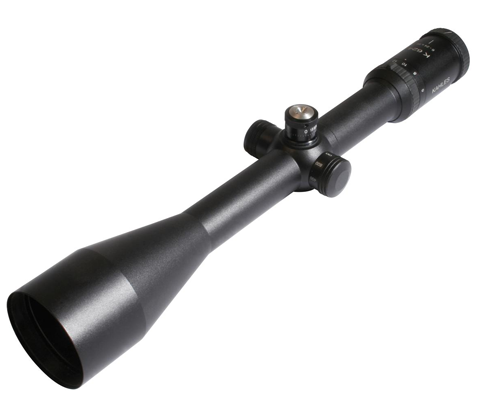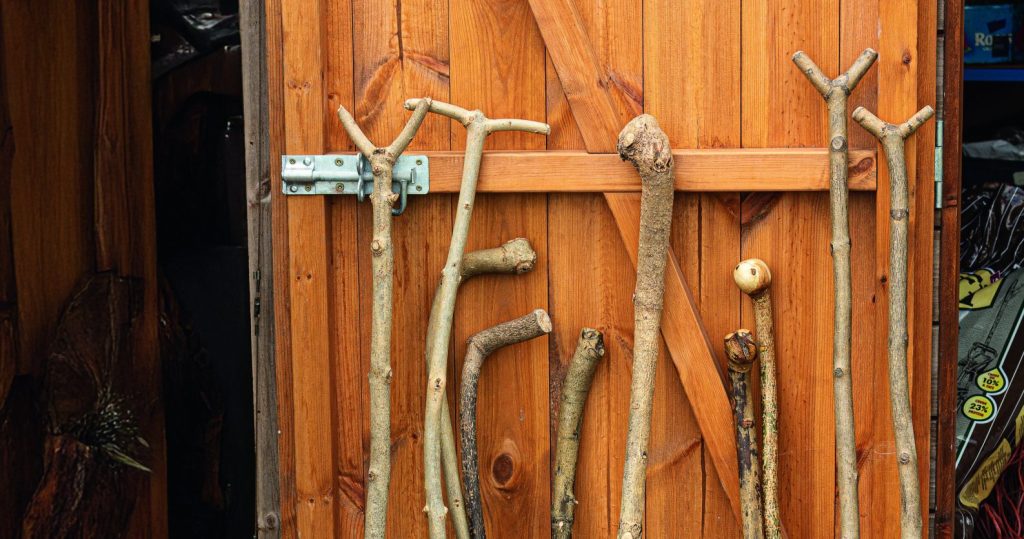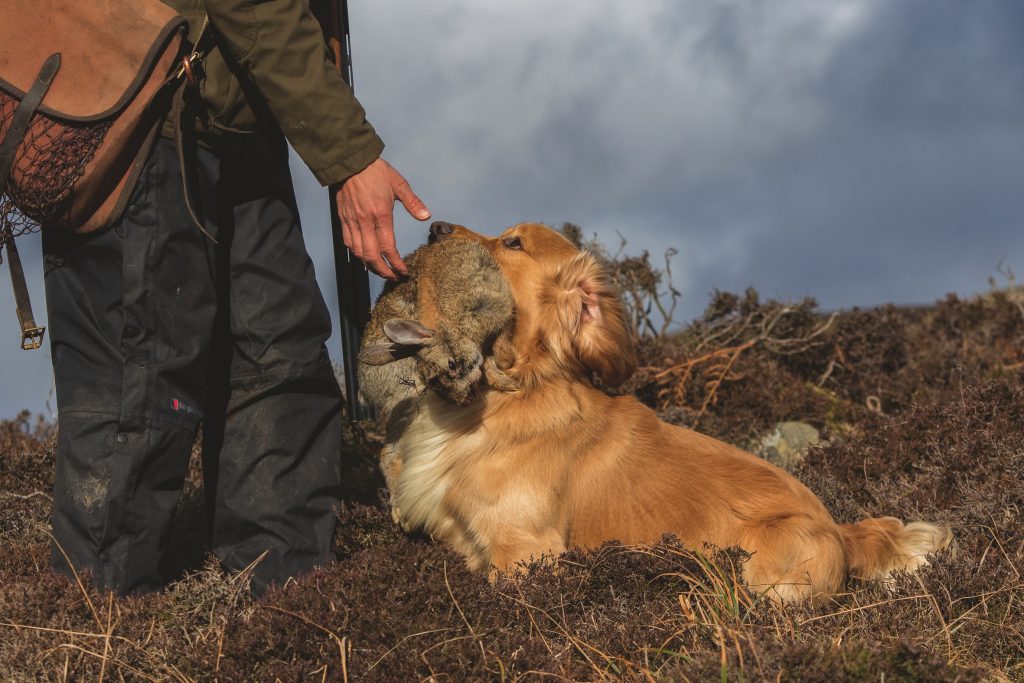Win CENS ProFlex DX5 earplugs worth £1,149 – enter here
Kahles Scopes review
Kahles Scopes review: They have superb optics and stick to zero like glue, so why hasn’t Bruce Potts tried a Kahles scope before?

Over the years I have learned always to pay more for a scope than the rifle it is mounted on. Why? Performance in low light is of paramount importance, as is having absolute confidence that your rifle zero remains exactly where it is zeroed, even in the worst stalking conditions.
European scopes have always languished in the higher echelons of optical quality, though many other manufacturers are upping their game to accommodate sales in these areas.
With big players such as Zeiss, Schmidt & Bender and Swarovski hogging the limelight, however, it was a real pleasure to test a pair of Kahles scopes from Austria. The standard 6×42 fixed-power stalking scope and 2.5-10x50CS variable models were set to turn my idea of the perfect stalking or fox scope on its head.
Kahles is the world?s oldest rifle scope manufacturer, producing its Mignon model in 1908, and also has the accolade of having made the first scopes with O-ring seals to guarantee waterproof construction. Add to this the innovative technology ? multi-coated lenses for superior light transmission ? and it was hard to see why I had not used a Kahles scope before.
Fixed-power model
First up was the 6×42 fixed-power model, which has to be stalker?s choice for most deer control work. Its price tag of £545 represents good value for money when compared with the opposition. This one represents one of many from the Helia C (denoting compact design) range and came with a heavy duplex reticule of the 4-subtension design. This means a slender crosshair section to the centre of the reticule, with only thick post sections adorning the left, right and bottom sections. Too thick in nature for long-range work, this reticule is designed for fast target acquisition at all normal distances, especially in low light conditions. Alternative reticules are available, however, as well as the standard duplex design. Other models in this range include a 4×36 and an 8×56 scope, while 8×50 and 10×50 designs are offered with a range-finder trajectory compensating reticule ? overall, a pretty comprehensive line-up.
Weighing in at a mere 14.5oz, the lightness of the 6×42 is due to the one-piece high-grade metal, machined from a solid billet that is used in its construction, though a steel model is available on request. The overall length is only 12.56in, which makes it compact on a rifle, and the 1in body diameter to the main tube allows a low mounting to the rifle?s receiver. The 42mm diameter objective lens is more than enough for low lighting situations as the lens?s AMV coating optimises light transmission between 500 and 540 nanometers. Add to this the wide field of view and excellent edge-to-edge clarity and you have a robust, no-nonsense rifle scope that will perform when conditions are less than satisfactory. Eye relief is a healthy 3.6in, so no danger of ?scope eye? even if you have to take an exaggerated uphill or downhill shot, and the eyepiece is of the fast-focus diopter-compensating design to allow a speedy and accurate initial focus set up.
With regard to shot placement, adjustment of the reticule is achieved via the traditional twin turret arrangement. Set at one click, the impact correction for each turret represents an impact change at 100 yards of 0.36in, or 10mm at 100m. This is fine for any stalker to zero his or her rifle correctly for use at normal stalking distances. The entire unit is waterproof and comes with a 25-year guarantee. The external finish, a smooth satin black, helps prevent the scope rings biting into the scope body and also helps eliminate light reflections.
In the field
I mounted the classic 6×42 on a typical stalking rifle, a Tikka .243 custom, and was impressed with its light-gathering abilities and low light usage. A roebuck on the first day of the season was harvested in a torrential downpour, the Kahles facilitating a humane neck shot. Its build quality allowed me to concentrate on the shot and not worry about whether the scope had held zero or been compromised by the weather.
Variable scope model
The second scope on test was one I?d had my eye on for some time: the 2.5-10x50CS Multizero scope, with a retail price of £1,180. This model expands the magnification range to a point where a distant hill shot at red deer can easily be taken, or, by reducing magnification to 2.5, can catch a scurrying muntjac at close range. Once again a one-piece light metal construction is used, as are the proprietary lens coatings, which are optimised for very low light viewing. The objective lens has a construction of up to four lenses for maximum edge-to-edge clarity and a good wide field of view that is of more use than one may appreciate. At 18.34oz it is light and only 11.85in long, allowing for comfortable mounting, but this time the main body tube was 30mm in diameter. Reticule choice, sited in the second focal plane and therefore non-magnifying with power increase, is more limited with this model, with only a 4A or Plex variant on offer. But the CS model has an ace up its sleeve: its reticule adjustment, though a standard one click per 0.36in at 100 yards, also has a useful bullet-drop compensation to the elevation turret. This is the feature that got me interested in the Kahles range and I wasn?t disappointed.
Technical simplicity
Kahles markets this as the Multizero ? Any calibre, any distance, dead on ? and I was beginning to be swayed. To operate, remove the elevation turret?s scope cover to reveal a complex yet totally waterproof dialling turret. On top are positional settings A, B and C. With the aid of a red plastic multi key, set the turret inner position to A. This is the initial sighting-in procedure: one click equals 0.36in at 100 yards. When the rifle is zeroed for the centre of the crosshairs, turn the inner spindle to position B. The micro-clutch disconnects the turret from the inner spindle and allows you to turn the turret until it stops, allowing maximum adjustment for range at the next step. Now turn the inner spindle to position C, which allows you to set four additional range settings by shooting the rifle at a longer distance while clicking the elevation turret as normal. When you are satisfied that the shots are falling in the centre crosshairs, turn one of the independently adjustable index rings to that position, then carry on zeroing at a greater distance, adjusting the next ring to that position. After rezeroing at the maximum four additional settings, simply turn the elevation turret all the way back to the positive stop and you are now calibrated at your initial zero of 100 yards and the four additional ranges that you set earlier. It?s a brilliant system.
Put to the test
The arbitrary ring settings can be used to denote an increase in range or different bullet weights and therefore differing impact points, or you can use this one scope for many rifles by switching from one to the other and changing the zero via the differing range ring settings. For longer-range use I found it superb on the Tikka, or on a .22-250 Coyote Light for long-range fox work. There are a couple of negatives, though: first, why have a turret cap if the unit is watertight without it? It will inevitably get lost. Second, the objective lens is very close to the end of the scope and may suffer from sun glare or be vulnerable to debris invasion.
Despite this I was impressed: this is a scope I can use for all my testing work and I really appreciated it out in the field. It has taken me a long time to discover Kahles scopes and how good they are ? don?t let it happen to you.
Read more reviews!
Related Articles
Get the latest news delivered direct to your door
Subscribe to Shooting Times & Country
Discover the ultimate companion for field sports enthusiasts with Shooting Times & Country Magazine, the UK’s leading weekly publication that has been at the forefront of shooting culture since 1882. Subscribers gain access to expert tips, comprehensive gear reviews, seasonal advice and a vibrant community of like-minded shooters.
Save on shop price when you subscribe with weekly issues featuring in-depth articles on gundog training, exclusive member offers and access to the digital back issue library. A Shooting Times & Country subscription is more than a magazine, don’t just read about the countryside; immerse yourself in its most authoritative and engaging publication.







